Merchant Mariner Moses Moke Apela
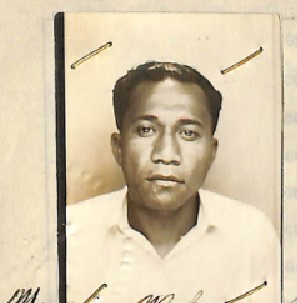
- Date of Birth: June 12, 1908
- Date of Death: December 18, 1942
- Hometown: Hilo, Hawaiʻi
- Place of Death: Shanghai, China
- Cemetery: Section Q, Grave 494. National Memorial Cemetery of the Pacific, Honolulu, Hawaiʻi
Mentored by Mr. Konelio Alofaituli
Manu’a High School
2022/2023
Early Life
Moses Moke Apela was born on June 12, 1908, in Hilo, Hawaiʻi. His parents were George and Margaret (Matina) Kamaka Apela. Moses’s father, George was a school teacher. He had six siblings: George, Julia, Margaret, Miriam, Sonny, and Gladys.
Moses Apela grew up on the Big Island of Hawaii and attended school. On May 14, 1931, Moses’s mother, Margaret, died in Honolulu, on the island of Oahu.
In 1937, Apela received his Merchant Mariner license. By 1940, the family moved to Honolulu, George has remarried, and the family now includes stepmother Mary and step-siblings Harry, Mable, Mary, and Benedict. The census notes that Moses worked as a deckhand on a dredge, likely in Honolulu Harbor. When he registered for the World War II draft on October 26, 1940, he noted that he had been unemployed since October 1 of that year.


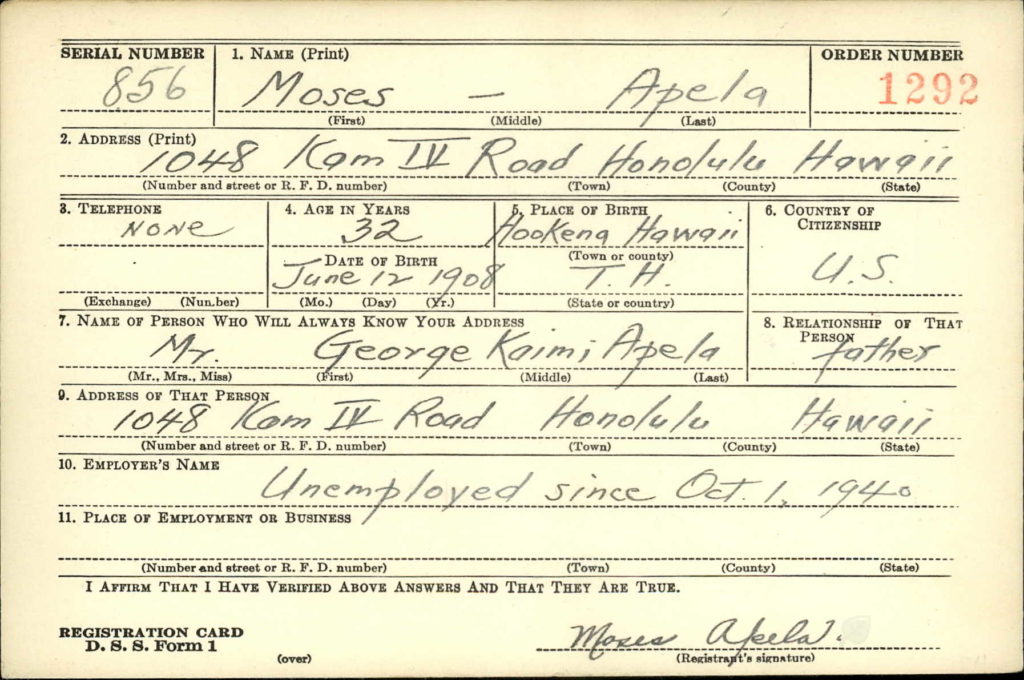
Homefront
During World War II, changes occurred in Apela’s hometown as part of the Hilo Coastal Defense. The United States Army Engineers took over the nearby Hilo airport. An Air Corps fighter squadron was stationed there. U.S. Army Engineers constructed military installations and at Hilo Airport, and expanded the runways, taxiways, and parking aprons. On April 19, 1943, Hilo Airport was renamed General Lyman Field.
Sugar was a vital industry. In 1875, the United States and Kingdom of Hawai’i signed a treaty giving Hawai’i unrestricted access to the American sugar market in exchange for the access to Pearl Harbor. Because of the rapid growth and expansion of the sugar industry, Hilo grew to be a commercial center for surrounding sugar plantations along the coast, as well as a transportation hub.
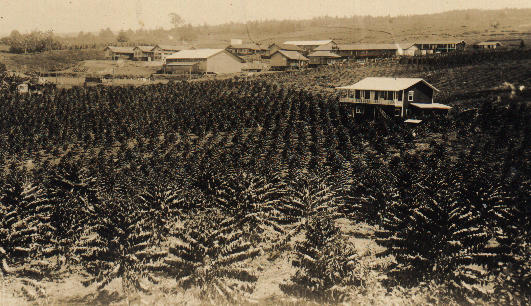
Military Experience
On February 6, 1941, Apela joined the crew of the ship Marouko Pateras, a ship planning to depart Honolulu and sail to Moji, Japan.
Apela served as a civilian Merchant Mariner in the United States Merchant Marines. Merchant Mariners were often seen as civilians who were not part of the military. The Merchant Marine’s task was to transport cargo as well as military forces.
Merchant Marines were called “Z Men” because it was the name of their identification papers. Z cards were required only for the men who served in the United States Merchant Marine. According Apela’s Merchant Mariner license, he worked as a wiper. A wiper was mainly responsible for cleaning the engines and assisting the engineers. His job was to ensure that the entire ship was kept in good repair.
During World War II, nearly 250,000 Merchant Mariners served. The Mariners faced terrifying conditions transporting goods and troops across the Atlantic and Pacific Theaters. Many Merchant Marine ships were attacked by the enemy causing them to have some of the highest casualty rates in the war.
Moses Apela, a civilian, was not eligible for military benefits such as medical treatment or protection by the United States Navy. Mariners such as Apela, when in foreign ports, had to rely on their own resources and in between trips were unemployed.
Tragically, on December 18, 1942, Apela, died from tuberculosis while in Shanghai, China. The governor of Hawaii (and likely his family) were not notified of his death until 1944, a year after his father, George died. Ultimately, his remains were returned to the United States and buried in his native Hawai’i.
In 1988 would the United States government honored the Merchant Marines as World War II veterans, allowing them to receive benefits due them.
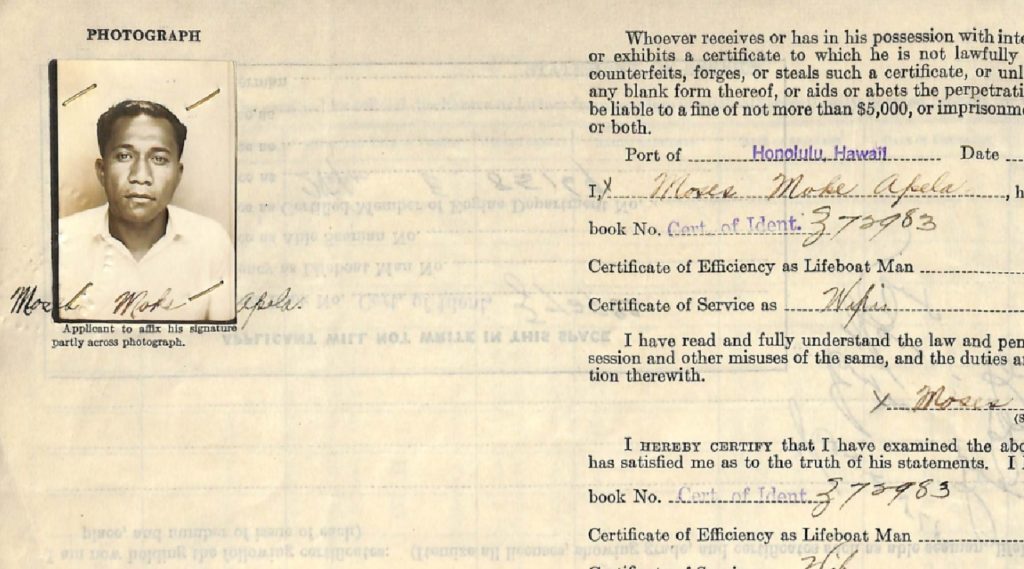
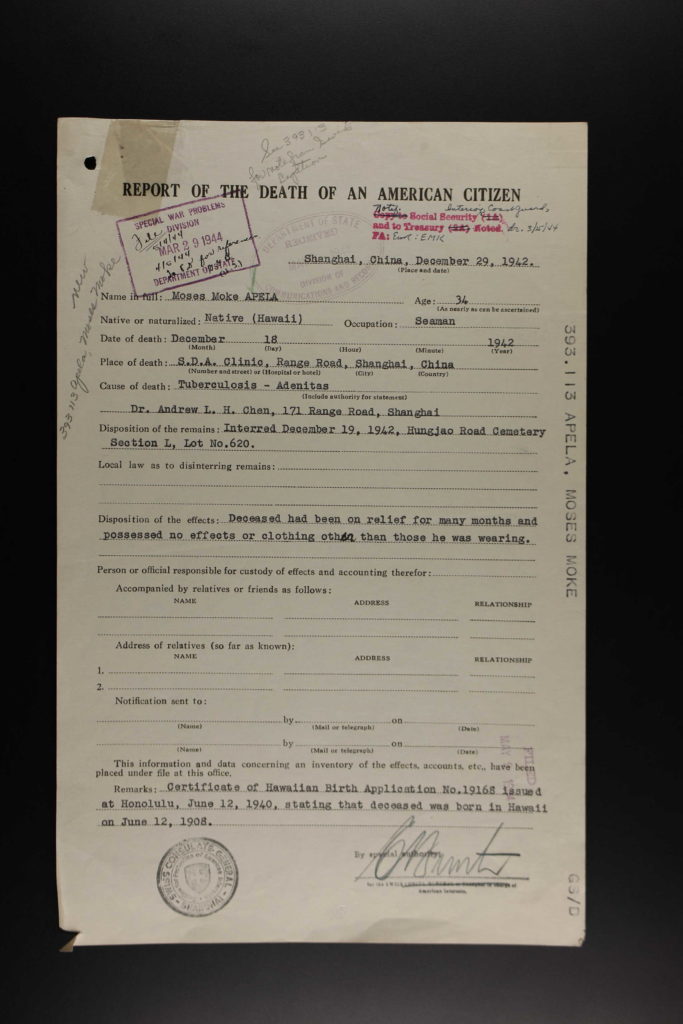
Eulogy
On June 12, 1908, Moses Moke Apela, was born in Hilo, Hawaiʻi to parents George and Margaret Apela, native Hawaiians of the Territory of Hawaii. The siblings grew up in the South Kona District on the Big Island of Hawaiʻi. Apela’s father, George Kaimi Apela, was a public school teacher. By the age of 23, Apela worked as a seaman.
The Merchant Marines in which Moses Moke Apela served in World War II was a domestic and international civilian trade for transporting cargo and sometimes passengers. During World War II, over 250,000 Merchant Marines were called to support the armed forces personnel.
On December 18, 1942, at 34, Merchant Marine Moses Moke Apela died in a hospital at the SDA Clinic in Shanghai, China, of tuberculosis, adenitis. In 1949, he was laid to rest in the National Memorial Cemetery of the Pacific in Honolulu, Hawaiʻi.

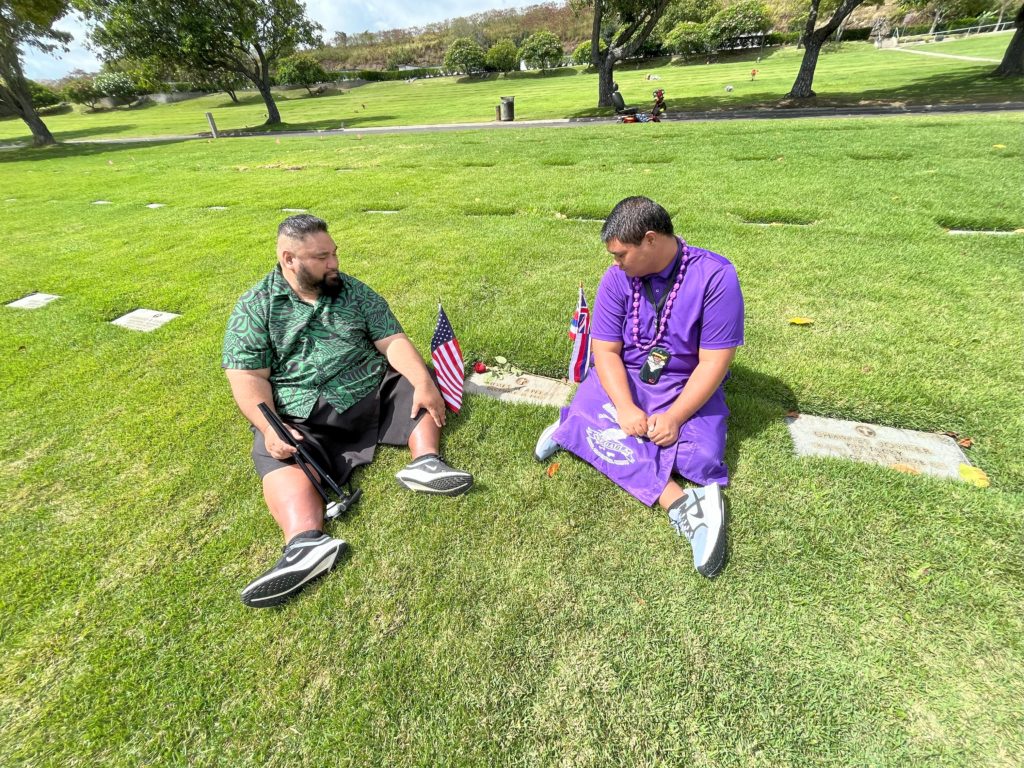
Reflection
When we landed in Hawaiʻi for the first time, I felt as if I was in a whole new world. The places we visited were so astounding and beautiful, truly a sight to see. When we met the other teams, I learned that everyone had something to bring to the table. New faces were everywhere. It was amazing getting to know each and everyone of our fellow teams and ultimately their Silent Heroes’ stories.. The field trips made me realize that there was so much more to see in the world.
During our Sacrifice for Freedom® research and eulogy process, I learned so many amazing facts not only about the Silent Hero, but about World War II. The research process took a long time but was worth it. I learned that it takes a great deal to be successful. I also learned that freedom has a cost and citizens have to work to keep it. For the future generations that are going to be joining this program, I would like to advise you all to just take in the experience and have fun. Without the support of my family, friends, school, teachers, and the people of our community, I would not have made it.
Bibliography
Primary Sources
“3 Hawaii Residents Die in Shanghai.” Honolulu Star-Bulletin [Honolulu, Hawaii], April 25, 1944. Newspapers.com (275632476).
Moses Apela. Honolulu, Hawaii, U.S., Arriving and Departing Passenger and Crew Lists, 1900-1959. Digital images. https://ancestry.com.
“G. K. Apela Dies.” Honolulu Star-Bulletin [Honolulu, Hawaii], January 26, 1943. Newspapers.com (275066006).
“George K. Apela.” The Honolulu Advertiser [Honolulu, Hawaii], January 27, 1943. Newspapers.com (259724891).
Hawaii. Hawaii County. 1910 U.S. Census. Digital images. https://ancestry.com.
Hawaii. Hawaii County. 1920 U.S. Census. Digital images. https://ancestry.com.
Hawaii. Hawaii County. 1930 U.S. Census. Digital images. https://ancestry.com.
Hawaii. Oahu County. 1940 U.S. Census. Digital images. https://ancestry.com.
Konawaena High School Road. Photograph. Kona Historical Society. https://konahistorical.org/mailes-meanderings/-konawaena-high-school-road-.
Moses Moke Apela. Reports of Deaths of American Citizens Abroad, 1835-1974. Digital images. https://ancestry.com.
Moses Moke Apela. Merchant Mariner Licensing File. National Archives and Records Administration – St. Louis.
Moses Moke Apela. U.S., National Cemetery Interment Control Forms, 1928-1962. Digital Images. https://ancestry.com.
Moses Moke Apela. World War II Draft Cars Young Men, 1940-1947. Digital Images. https://ancestry.com.
“Obituaries: Mrs. George Apela.” The Honolulu Advertiser [Honolulu, Hawaii], May 15, 1931. Newspapers.com (259269060).
Secondary Sources
“George Kaimi Apela.” Find a Grave. Updated March 29, 2003. Accessed August 24, 2023. https://www.findagrave.com/memorial/7306993/george-kaimi-apela.
“Honouliuli, National Historic Site Hawaiʻi.” National Park Service. Accessed August 22, 2023. https://www.nps.gov/hono/learn/historyculture/index.htm#:~:text=Early%20on%20December%207%2C%201941,of%20the%20main%20Hawaiian%20Islands.
“Moses Moke Apela.” Family Tree. https://ancestry.com.
“Moses Moke Apela.” Find a Grave. Updated March 3, 2000. Accessed August 24, 2023. https://www.findagrave.com/memorial/3768562/moses-moke-apela.
“The Role of a Wiper on a Merchant Marine Vessel.” Merchant Mariner Information Blog. June 7, 2023. https://merchantmarinerguide.com/blog/f/the-role-of-a-wiper-on-a-merchant-marine-vessel?blogcategory=Jobs.
“Supplying Victory.: The History of the Merchant Marine in World War II.” The National WWII Museum. Updated February 7, 2023. Accessed August 24, 2023. https://www.nationalww2museum.org/war/articles/merchant-marine-world-war-ii.
“When Sugar Was King—The Heyday of the Hamakua Coast.” Hawaii Life. Updated January 1, 2020. Accessed August 22, 2023. https://www.hawaiilife.com/blog/sugar-king-heyday-hamakua-coast/.
Young, Peter T. “Hilo Coastal Defense.” Images of Old Hawai’i. Updated May 6, 2015. Accessed August 22, 2023. https://imagesofoldhawaii.com/hilo-coastal-defense/#:~:text=At%20the%20outbreak%20of%20World,runways%2C%20taxiways%20and%20parking%20aprons.


